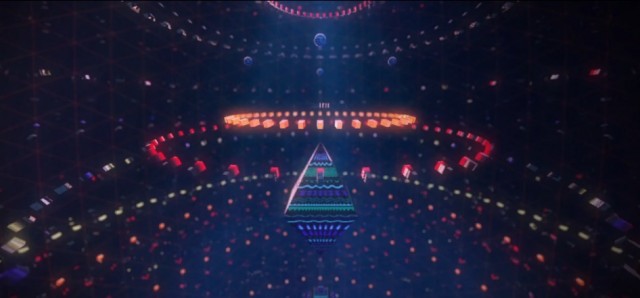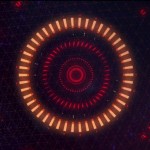This guest article is written by Jim Signorelli is CEO of StoryLab Marketing.
Why do we call them “creative” briefs?
The traditional advertising creative brief, has a history dating back when it was first used in 1863.
That same year, President Lincoln was asked to speak at the dedication of the new Solidiers National Cemetery in Gettysburg, Pennsylvania. An unprecedented human tragedy and the product of a war Mr. Lincoln was having to justify would serve as the backdrop for this speech.
To prepare Mr. Lincoln for this challenge, a staffer developed an outline of what needed to be said. This first-of-its-kind outline was so named “the creative brief” because it provided “a focused structure that the President could use for inspiration.” Here’s how it read:
THE CREATIVE BRIEF FOR THE GETTYSBURG ADDRESS
What is the problem this speech must solve?
Galvanize support for the war.
Target audience:
Fifteen-to twenty-thousand northerners gathered at the dedication of the new Soldiers’ National Cemetery in Gettysburg, Pennsylvania, and the nation at large who have become war weary and are starting to doubt the cause of this war.
What do we want them to think?
These soldiers did not die in vain.
Support:
(See Declaration of Independence for reasons why).
How do we want them to feel?
Motivated to keep up the fight for the North’s noble cause.
What do we want them to do?
Continue supporting the war and the principles on which this country was founded.
Upon reading this, Mr. Lincoln quickly crumpled it up, tossed it out and fired the staffer who wrote it. Lincoln knew what he had to say based on his own heartfelt understanding of the atrocities of war. Equipped with empathy, and a gift for language, Lincoln went on to write one of the most significant American speeches ever delivered.
Okay, so this story reconstructs history. Okay, and more than just a little. But it does demonstrate an important point. Expecting creative briefs to inspire creativity is a little like expecting an artist to originate a masterpiece using paint-by-numbers.
Arguably, creative briefs are necessary. They outline the creative assignment. But they do very little to spark creativity. It is hard to get emotionally engaged with what amounts to a check list. Creative teams should have something more at their disposal to do their best work.
The “I AM” statement
As an adjunct to the creative brief, there is a tool that has proven to be useful in dealing with this problem. It is called the I AM statement. In short, it is a first-person account of the prospect, written from the prospects’ standpoint and voice. Contrary to the traditional creative brief, I AM statements go well beyond factual expositions of what needs to be accomplished and with whom. Rather, they work very much like stories that influence an empathic identification with their characters.
Imagine a first-person narrative like this accompanied a creative brief:
“I AM someone whose is pained by the passing of young lives as the result of this atrocious war, a war that continues to create more suffering than any nation deserves. Must this continue? How necessary is this fighting Mr. Lincoln? How many more lives must be lost?”
This statement adds emotional texture to the factual description of the prospect as “someone who has become war weary and starting to doubt the cause of war.”
Empathy is a necessary ingredient to any persuasive effort, including the selling of brands. I AM statements can bring the writer closer to the audience’s experience far more effectively than an exposition of observations made from the outside looking in.
See for yourself. First, think of your prospect in the aggregate. Then, in the first person, offer a definition of that prospect with a sentence that starts with the words “I Am.” Provide a general description of relevant thoughts and feelings that you have. Describe an unmet or unsatisfied need. Discuss your frustrations or satisfactions with current offerings. Just as you explained who you are, explain who you are not. Talk about anything and everything that will help uncover what it’s like to be the generalized prospect you are trying to address. And talk in the voice of that imagined audience.
It does take some practice. But at the very least, while writing I AM statements, you will be forced to dig deeper than you might otherwise for insights and a truer understanding of the prospect.
This is not to suggest eradicating the creative brief. Rather, it is to demonstrate how solely relying on a shortened form of facts can get in the way of providing the emotional lift that any persuasive message must have in order to resonate with its audience. As a supplement to the creative brief, I AM statements can do more to inspire creativity.
Jim Signorelli is CEO of StoryLab Marketing in Chicago and author of StoryBranding: Creating Standout Brands Through The Power Of Story. For more information, please visit: www.eswpartners.com




 Post originalmente publicado no Brainstorm #9
Post originalmente publicado no Brainstorm #9
![Para onde vai a verba de mídias sociais? [Infográfico] Para onde vai a verba de mídias sociais? [Infográfico]](http://www.brainstorm9.com.br/wp-content/uploads/2011/01/socialgraphg.gif)






























